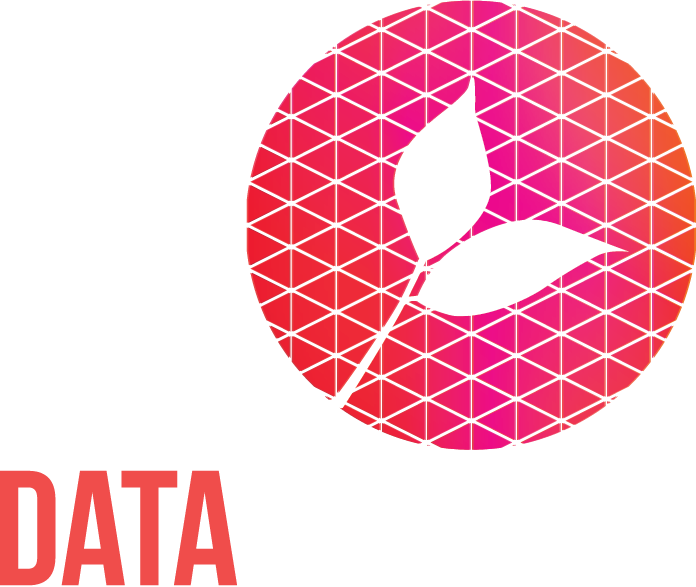Creative data collection in nonprofits
Every month, our Nonprofit Datafolk Club gets together to share experiences and learning. It’s a chance for data folk working in or with nonprofits to network and discuss matters of mutual interest.
Back in June, we focused our discussions on 'Creative Data Collection'. Our nonprofit data folk split off into small groups to share ideas for creative data collection solutions – how they think outside the box to get the data they need. We asked: ‘How do you currently collect data and what are the pitfalls of these methods?’, ‘Does anyone have a creative solution/alternative?’, ‘What are some creative or interesting data collection methods you have come across? What did you like / not like about them? Would they work in your organisation?’.
Current data collection methods, and their pitfalls
Surveys were the most common data collection method mentioned, using platforms such as Qualtrics, MS forms and SmartSurvey. This data is often held in spreadsheets or Salesforce. Paper forms were also mentioned for in-person events, as some found they get a better response than providing links. Miro and mentimeter were other tools used to collect data.
Challenges that people are facing with their current data collection methods are:
engaging the right demographic and ensuring diverse participation
accessibility of the data collection tools (for example miro isn’t compatible with screen readers)
data security concerns, especially when collecting sensitive information
data quality challenges – many stated they struggled with data accuracy and consistency
complexity of data – understanding what data needs to be collected to show impact or make change can be difficult
finally, the use of a range of tools meant that some struggled with integrating the systems / information.
Creative solutions or alternatives
The importance of communication was touched on from multiple angles, such as adopting more inclusive advertising to attract a range of people, being transparent about data use when collecting it, and communicating between teams and programmes about what data is needed.
Various tools were suggested, including PowerAutomate, Copilot / AI, and mathematical modelling to build a bigger picture from existing data.
Other notable mentions were physical data collection techniques – using coloured balls to gain responses, or an anonymous chalkboard/wall, and storytelling (for example through video testimonials).
Interesting data collection methods people had come across
One example of interesting data collection given was an art activity during fieldwork. This meant those who are digitally-excluded could get involved, and was part of creating an environment of trust. It was acknowledged that these in-person approaches are time intensive and can require appropriate staff skills (such as British Sign Language).
Another example was when digital story-tellers are employed (creating visualisations, videos, creative outputs) to bring data to life. Facilitating feedback days/groups to supplement more ‘core’ data collection can help build a richer story. This ensures stakeholders understand the data, and its value is demonstrated in an engaging way. Another person pointed out that support workers can be creative in the ways they have conversations with the people they’re supporting, in order to collect data.
Finally, using external / government data-sets. One participant already collected data from The Charity Commission. Another wanted to use data from the Department for Work and Pensions to get employability information. Although, it was noted that in this case you need a large dataset, so as not to identify individuals – which can be difficult for a small charity.
There were some barriers to adopting innovative data collection. Online working, being confined to (for example) Microsoft products, organisational culture and ability to take risks, were all mentioned as things that can make it difficult to try new things.
Links shared
There are often many useful links/resources shared at Nonprofit Datafolk Club workshops. Those shared in this session included:
Join the Nonprofit Datafolk Club
If you found this resource interesting, or if you have any curiosity in nonprofit data more generally, please come and join us at our next workshop. Each month has a different topic – you’ll find details on our events page. Previous topics have included:
Data disasters and how to avoid them

